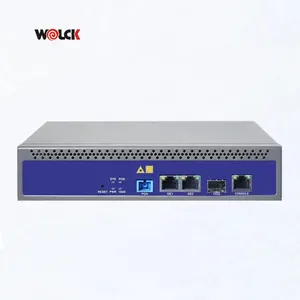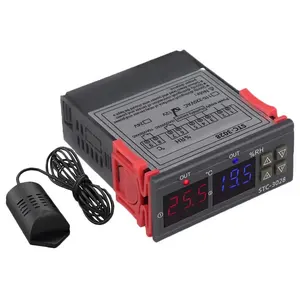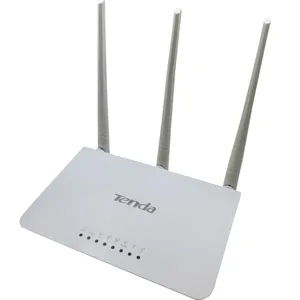Popular in your industry

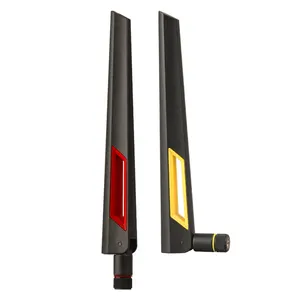


















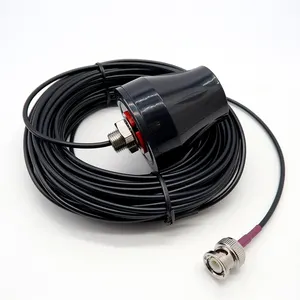

































Related Searches:










































































































































Top categories
About antenna wifi 30 dbi
Introduction to Antenna Wifi 30 dBi
The antenna wifi 30 dBi stands as a pivotal component in the realm of wireless communication, playing a crucial role in enhancing signal strength and stability. Designed to operate on specific waveforms, these antennas are integral to a wide array of applications, from mobile communication to sophisticated broadcasting systems.
Understanding the Functionality
Antennas, including the 30 dBi wifi antenna, are engineered to transmit and receive signals effectively. The dBi rating indicates the gain of the antenna, with a 30 dBi unit offering a substantial increase in signal strength, which is essential for long-range communication and stable connections.
Types and Applications
The wifi antenna 30 dBi is one among various types of antennas, each tailored for specific applications. While UHF antennas are preferred for TV and mobile communications, the antenna wifi 30 dBi is particularly adept for high-bandwidth data transmission, making it suitable for Wi-Fi networks that demand extended range and reliability.
Features and Advantages
A 30 dBi antenna for wifi is characterized by its directional capability, focusing the signal in a specific direction to maximize reach and minimize interference. This feature is particularly beneficial in environments where signal quality is paramount. Additionally, the robust construction of these antennas ensures consistent performance across various conditions.
Materials and Construction
The build quality of a 30 dBi wifi antenna is critical for its durability and performance. Typically constructed from high-grade materials, these antennas are designed to withstand environmental challenges while maintaining signal integrity.
Choosing the Right Antenna
Selecting the appropriate wifi antenna with 30 dBi gain requires an understanding of the specific needs of your communication system. Factors such as operating frequency, environment, and installation constraints should guide the selection process to ensure optimal performance.


